In 2020, equality, diversity and inclusion – or “EDI” for short – shifted from being an initiative of HR departments to a more broad-ranging conversation in all types of organisations, prompted in part by the international Black Lives Matter movement.
Further's inclusive market research experts help organisations, their products and their services be more inclusive through deep human insight. Here are the takeaways from our experience in conducting market research with minority groups and individuals from culturally diverse backgrounds.
The #BlackLivesMatter movement and COVID-19 have both shone a light on structural inequalities, and that has triggered a whole raft of reactions.
We have seen some organisations jolted into action because they suddenly became aware of the nature and the scale of racism. We have also had some organisations who came to us because they were under pressure from their own staff in terms of their workplace culture. Their diverse workforce approached them and demanded that they do something to respond meaningfully to Black Lives Matter.
With a solid body of evidence now showing that brands that embrace diversity and inclusion perform better - COVID-19 and Black Lives Matter provided an even stronger and more urgent moral case for taking EDI seriously.
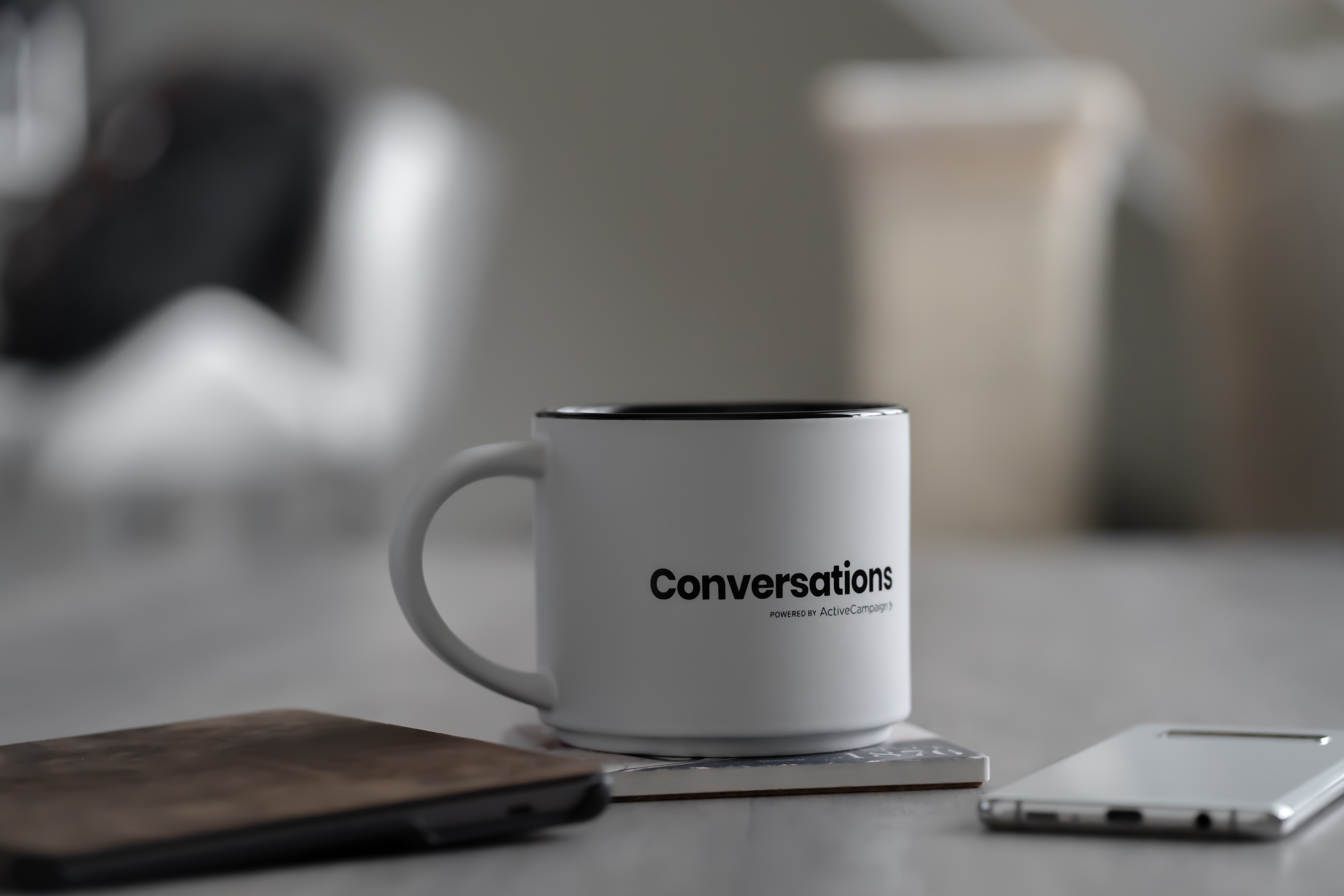
Before embarking on research to support an organisation’s DE&I journey, there are some key concepts to understand.
1. Understand that ‘minorities’ are in the majority
We tend to define the minority not by demographic size, but by access to power. If you consider white people during Apartheid in South Africa, clearly they were a demographic minority but a political majority. I think we need to complexify our sense of what a ‘minority’ is.
2. Diversity is not just demographic
Diversity refers to the full spectrum of differences and similarities between individuals. Typically, we think about that in terms of socio-demographic variables, like people’s age and gender, race, ethnicity, sexual orientation, disability, social class. But diversity is also more encompassing and can refer to a diversity of beliefs and values, life experiences and personal preferences - such as being a humanist, having caring responsibilities, living with a rare condition, or choosing to abstain from alcohol.
3. Inclusion is when diversity becomes normal
Inclusion is more about making individuals, whatever their socioeconomic background , ethnic or cultural background, feel welcome, valued and confident that they will be treated fairly and respected. For us, creating an inclusive organization is the normalisation of diversity.
3. Equality or equity?
Equality is more complicated. It can mean equality of access or equality of opportunity but also equality of experience and equality of outcomes. Too often people assume that they are fair because they ‘treat everyone the same’. They conflate ‘sameness’, ‘equality’ and ‘fairness
4. Get to know your client
Armed with this thinking we can prepare to approach our client. We try to learn as much as possible about their organisational culture, their corporate aims, their business objectives. And we look at the literature to identify interesting things to start a conversation with clients - about their circumstances, opportunities, new target audiences and so on.
5. Build a relationship with the client
We’re very aware that, for many people, the world of EDI is very tentative. It’s a bit scary. In fact, the fear of getting it wrong often leads to inaction. So a key part of our role is to instil confidence and trust and to equip clients with knowledge, good practice, and confidence. For example, we produced A Guide to Essential Terminology for Conversations About Diversity to help clients have more positive and informed conversations about EDI.
6. Kick-off on the best foot
It is essential to have a good kick-off meeting with internal stakeholders to make sure that everybody is aligned, that we are attuned to the different agendas in a room and across the business, and that we understand the insight requirements across the organisation. There will typically be a diverse range of people with very different understandings around diversity and inclusion. So being mindful of and sensitive to that is very important.
7. Have diverse teams
The issue of ‘matching’ the profile of the researcher and the market research participants or respondents deserves careful thinking. Ethnic matching, for example, presents many advantages. It has ‘face value validity’. People assume that this will automatically generate deeper disclosures and better insights. However, while sharing an ‘insider’ status can lead to these benefits, this is not necessarily the case. There are also benefits to having ‘outsiders’ to the communities in the research team.
8. Go qualitative
Further are not really wedded to any specific methodology. One of the interesting parts of my role is to create the right methodology for each brief. But most projects rely on qualitative research – face-to-face or online individual interviews, focus groups, research communities, storytelling, ethnography, semiotics, etc.
9. Get close to the participants’ world
Almost by definition, many research participants from minority groups will have experienced exclusion, discrimination, and might have a degree of distrust towards research agencies. It takes time to build rapport and it requires an understanding of the assumptions and concerns participants bring to the table.
10. Go online to get immersed
Over the last 10 years, we’ve made extensive use of online research communities. They unfold over a fixed period of time, say a week, two weeks, a month – and give us time to get the closest to an ethnographic approach as client budgets will typically allow.
11. Don’t assume digital research excludes minority groups
As early as 2013, OFCOM research found that people across all the main ethnic minority communities in the UK were more likely than their White British counterparts to own at least one mobile phone, have broadband at home, use mobile hotspots, and have positive attitudes towards computers, gadgets and technology. This is largely because the ethnic minority population is, on average, 12 years younger than White British people and because only about 3% live in rural areas.
Today, while it is true that a small number of ethnic minority people are not online - mainly among first-generation Asian women, recent refugees and asylum seekers, and Gypsies, Travellers and Roma people - digital approaches can be more inclusive. Again, having an evidence-based approach to selecting the right methodology is key.
12. Think ‘Who’ not ‘Where’
If you don’t have the right people in the room, you’re never going to get high-quality data. So recruiting the right research participants is essential. This requires creating the right sampling frame in the first place.
13. Not ‘hard to reach’ but ‘seldom heard’
We also work with a team of specialist recruiters – so people who have a lot of experience in recruiting underrepresented groups that are often called “hard to reach”. But we don’t use that phrase as it makes it sound like “they” are responsible for the lack of engagement.
We talk about “seldom heard” people because we think that the onus should be on institutions and organisations to reach out rather than diverse audiences themselves.
We need to make provisions to hear - and truly listen to - the voices of people who are not in the mainstream, whether because of their ethnicity, gender, a disability, neuro-diversity or perhaps their religion.
14. Don’t snowball and use convenience sampling
Snowballing, and convenience sampling generally is best avoided. There are cases when this is very challenging, like sampling sex workers or Gypsy and Traveller older people or LGBT people living with cancer. But, in principle, we need the same rigorous screener and sampling processes that we would use for any other type of market research. We wouldn’t stand outside mosques, synagogues, temples or churches to recruit Muslim, Jewish, Hindu, Sikh or Christian people, because it would be wrong to generalise from these subsets to their entire communities based on the most religious members of each group.
15. Analyse for intersectionality
Our thinking and our methodology in relation to intersectionality (when one person belongs to more than one minority group and experiences the cumulative impacts of different forms of discrimination) keeps evolving. For example, you could look at the intersectional discrimination and experiences of black and Asian women over the lifecycle and to understand how different the experiences of black and Asian women are, as well as those from working-class and middle-class backgrounds.
More recently, in a survey of EDI in the market research sector on behalf of the Market Research Society, we grouped together the responses of older, white, straight, non-disabled men and compared them with the responses of people who belong to at least one visible minority group. Focussing on intersectionality using these heuristic groups proved very insightful indeed.
16. Minority groups understand how social structures operate
Listening to people who are under-represented often yields amazing insight - not just about their own specific needs but about how society functions in general. When you feel excluded from key aspects of social, political and economic life, when you stand on the margins, that gives you a very interesting perspective from which to look at the world.
17. Bring people to life in reporting
Every effort should be made to ensure that clients understand the issues, get the insights and go: “Aha! Wow! Okay, I get it.” It’s about generating both understanding and empathy.
18. Research doesn’t stop at the report
For us, research is never an end in itself. It has really no value until it is used. If a report sits on a shelf, we feel we have absolutely failed. So we focus a lot on activation, impact, and change. Once all the stakeholders have digested the insights, we meet and we really workshop hard the implications for the organisation.
19. Focus on portrayals, not just representation
It is also important to avoid thinking only in terms of representation. When thinking about diversity in advertising, having an Asian or gay person or disabled person just plunked on an advertisement quickly begins to look tokenistic or box-ticking, or exploitative in some way. We need to see three-dimensional characters, people from various minority groups in situations that we can relate to.
20. Move away from ‘extractive’ research and give back
Finally, we are coming to understand with greater clarity that, too often, research is ‘extractive’: it takes from communities and does not give back. There are many ways of tilting the balance so that the market research industry is less exploitative and more focused on building the capacity of communities. At the MRS Impact conference in 2021, we brought together ethnic minority young people that we trained to take part in a project on ethnic inequalities in the impacts of COVID-19 on young people, to share the stage and talk about both their contributions to the project and what they have learned from it.
Read the full SRA article here.
ARTICLE CONTENTS
Understand that ‘minorities’ are in the majority
Diversity is not just demographic
Inclusion is when diversity becomes normal
Build a relationship with the client
Get close to the participants’ world
Don’t assume digital research excludes minority groups
Not ‘hard to reach’ but ‘seldom heard’
Don’t snowball and use convenience sampling
Minority groups understand how social structures operate
Bring people to life in reporting
Research doesn’t stop at the report
Focus on portrayals, not just representation
Move away from ‘extractive’ research and give back























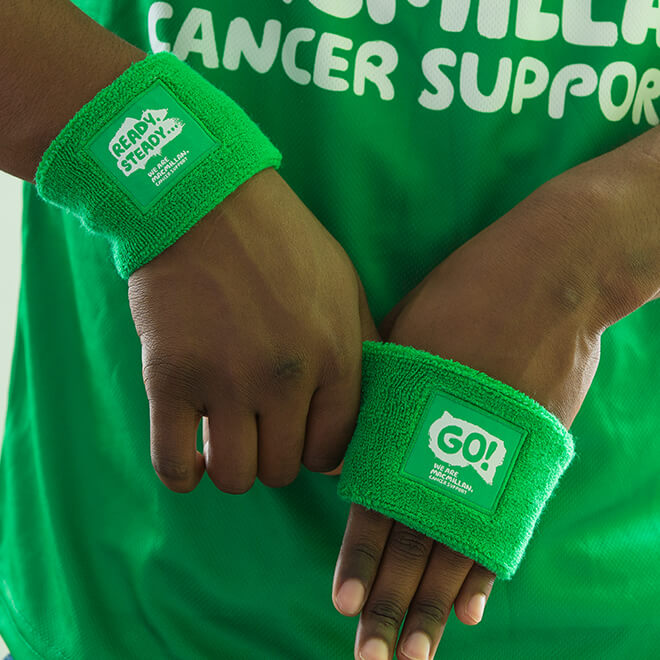
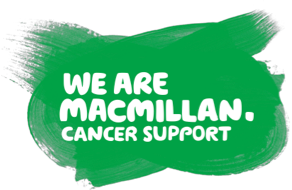

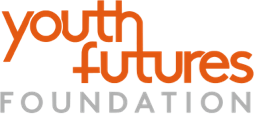
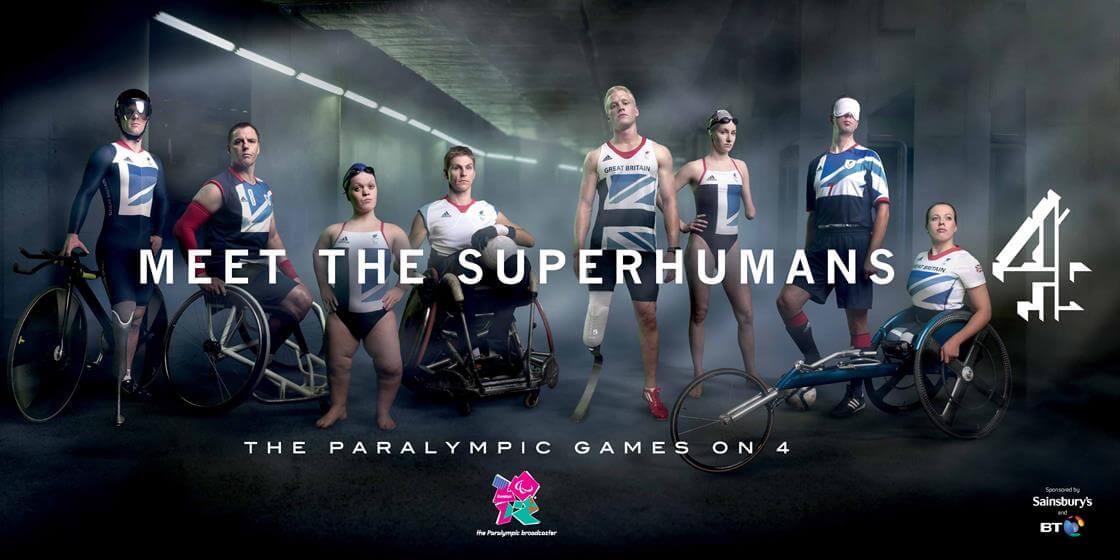


.webp)
.webp)
.webp)
.webp)